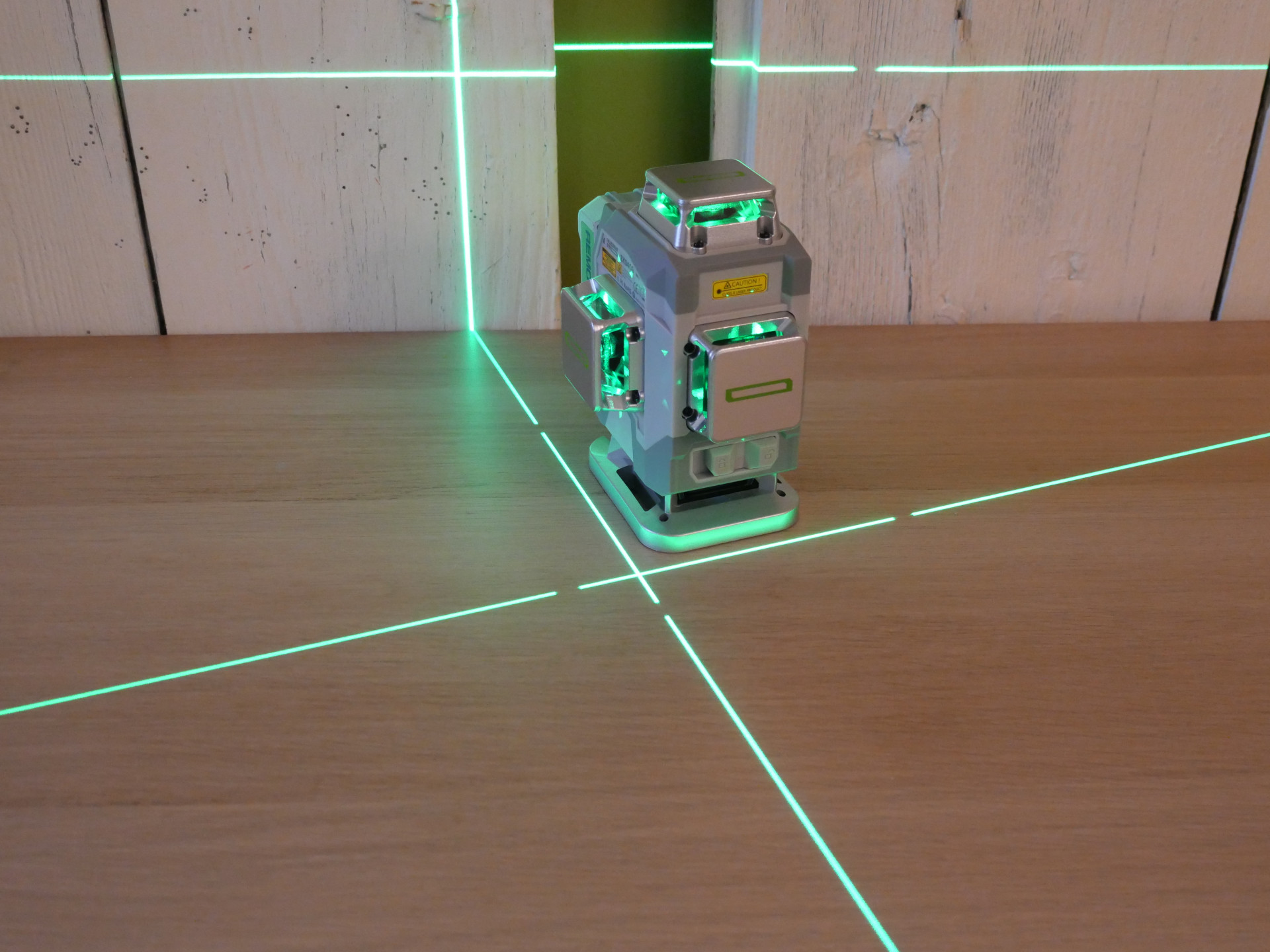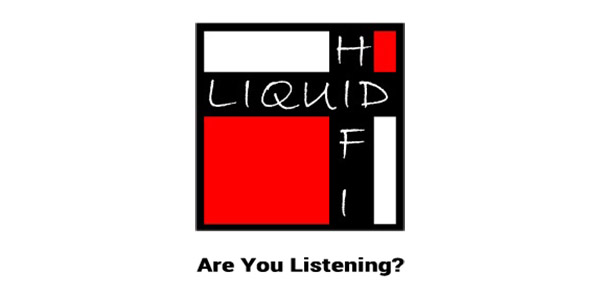
When it comes to speaker set-up, having the right tools is seriously important to the end result – but it’s even more vital in this instance. So, which of the various speaker set-up tools are essential in this instance? The first and most important is going to be a laser alignment tool. The baffles of the Diptyques are so wide that getting them accurately aligned, one to another, is absolutely vital – and a laser line is by far the easiest way to do this. Use a bi-axial laser (one that throws two lines at right angles to each other) and you can keep the relationship between the speakers and the listening seat constantly under review. You’ll need an accurate, digital level for angular adjustment of the baffles. If it’s got magnets in its base, you’ll be able to attach it to the steel front or rear plate of the speaker, which makes for easier (and thus more consistent and accurate readings). You’ll also find the Nordost System Solution Set -Up and Tuning Discs invaluable. They not only give you the LEDR tests, by far the best way to set toe-in on any speaker, but especially on a panel, where the incremental adjustments need to be so tiny, but the low frequency sweep and discrete bass tones will banish any doubts regarding the importance of your placement relative to the rear wall.

I start by placing the speakers equidistant to the centre-line of the room and perpendicular to it. Or, in other words, pointing straight ahead with zero toe-in. The sheer width of the baffle creates its own positional disconnect. I find that with the tweeters placed to the inside edge of the speakers, I normally end up with them positioned closer together than the tweeters on a box speaker. In the case of the Diptyques, that distance amounted to around 20cm or 8”. That places the inside edge of the Diptyque roughly where you might expect the inner edge of a box speaker to be, but its outer edge is well outside the width of the box’s baffle, creating a far wider visual stance. Starting with the speakers 3.0m from the rear wall, I started to move them back towards it, listening to the linearity, continuity and agility of the bass. I settled on a position 290cms from the rear wall and about 2cm outside my starting line. At this distance, comb filtering almost ceases to be an issue, but where the speakers are placed closer to the rear wall, achieving an even bass response and good pitch definition can take considerable time, with lateral movements being particularly important.
One unusual feature of the Ref IIs is the provision of a perforated magnetic mat, 15cm by 30cm, that can be placed over the central portion of the bass driver’s rear panel. This reduces the bass output in the critical mid-bass frequencies, leading to a leaner overall balance and making the speaker more manageable when rear space is at a premium. It is a tuneable solution, with subtle shifts varying the degree of occlusion. I didn’t need to use it and, in terms of set up, I would always start without it in place. After all, the whole point of buying a full-range speaker is to achieve even, full-range output and that should always be the starting goal. But it’s nice to know that it’s there if all else fails, while a quick experiment early in the process will quickly establish what it brings to the party in any given system or room.


